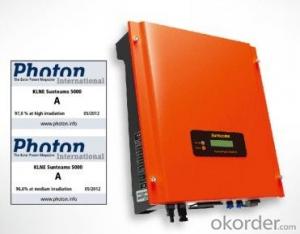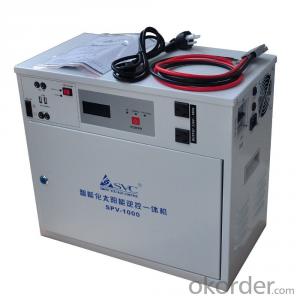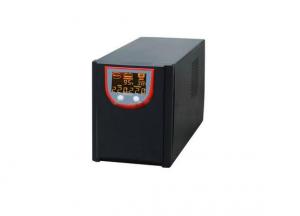Huawei Solar Inverter App
Huawei Solar Inverter App Related Searches
Huawei Solar Inverter App For Solar Inverter Best Solar Inverter App Tesla Solar Inverter App Solar Edge Inverter App Solis Solar Inverter App Sofar Solar Inverter App Abb Solar Inverter App Huawei Solar Inverter Price Delta Solar Inverter App Sma Solar Inverter App Solar Wifi Inverter Wifi Solar Inverter Wifi Inverter Solar Hyundai Solar Inverter Solar Inverter China Chinese Solar Inverter Solar Solar Inverter Smart Inverter Solar Samsung Solar Inverter Inverter Hybrid Solar Use Of Solar Inverter Solar Battery Inverter Smart Solar Inverter China Hybrid Solar Inverter Install Solar Inverter Hybrid Inverter Solar Inverter Battery Solar Battery Solar Inverter Application Of Solar InverterHuawei Solar Inverter App Supplier & Manufacturer from China
Huawei Solar Inverter App is a comprehensive tool designed to manage and monitor solar energy systems, providing users with real-time data and control over their solar power generation. This app is compatible with a range of Huawei solar inverters, ensuring seamless integration and optimal performance for various solar panel setups. By utilizing the Huawei Solar Inverter App, users can efficiently track energy production, monitor system health, and optimize their solar energy usage, making it an essential component for those looking to maximize their solar power potential.The Huawei Solar Inverter App is particularly useful in residential, commercial, and industrial settings where solar energy systems are installed. It offers a user-friendly interface that allows users to easily access information about their solar panels' performance, such as energy generation, efficiency, and system status. Additionally, the app provides alerts and notifications for any issues that may arise, ensuring that users can quickly address and resolve any problems that may impact their solar energy system's performance.
Okorder.com is a reputable wholesale supplier that offers a vast inventory of Huawei Solar Inverter App products, catering to the needs of various customers worldwide. With their extensive range of products, Okorder.com ensures that customers can find the right Huawei Solar Inverter App for their specific solar energy system requirements. By partnering with Okorder.com, customers can benefit from competitive prices, reliable service, and a commitment to providing high-quality solar energy solutions.
Hot Products


















































